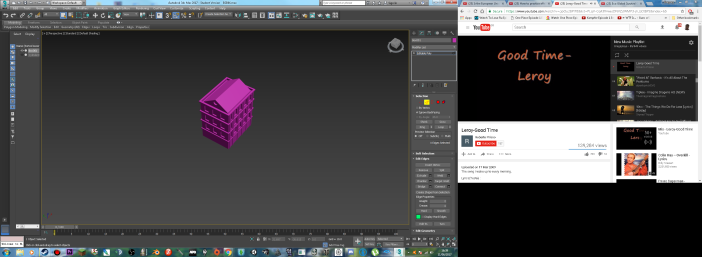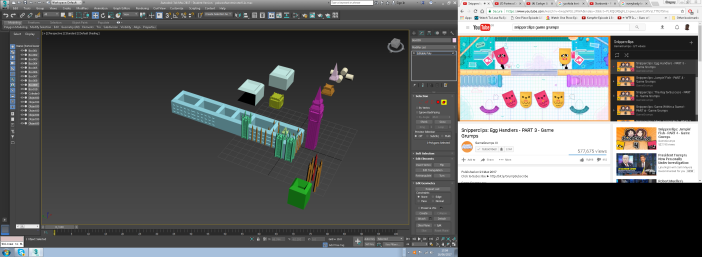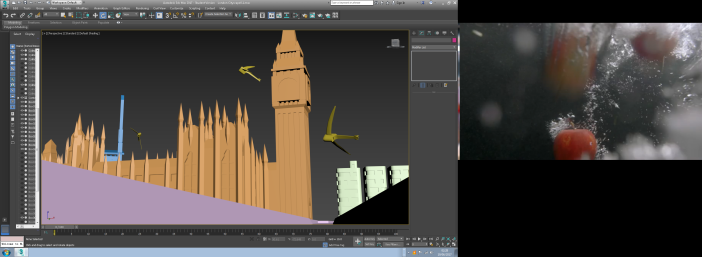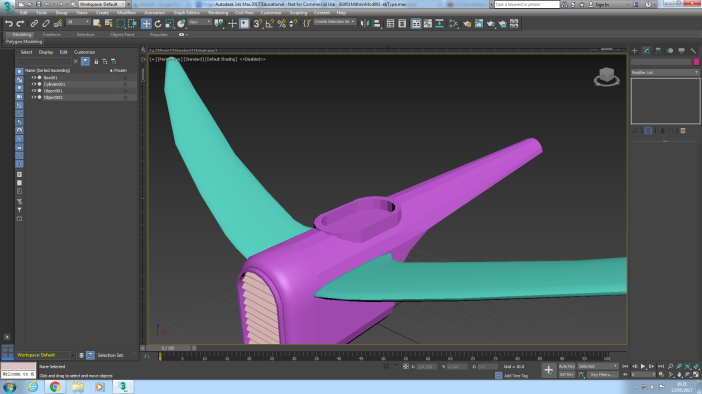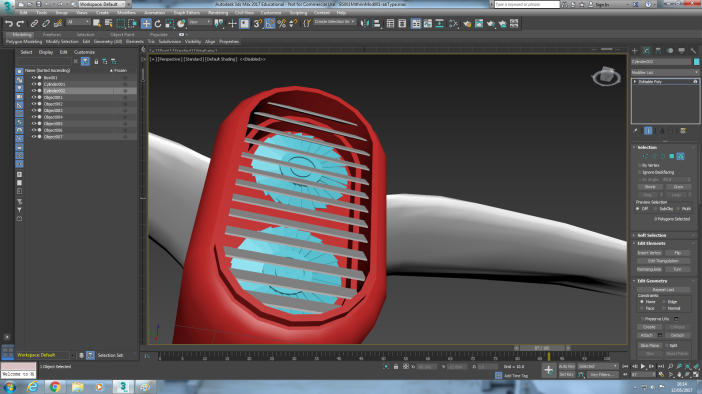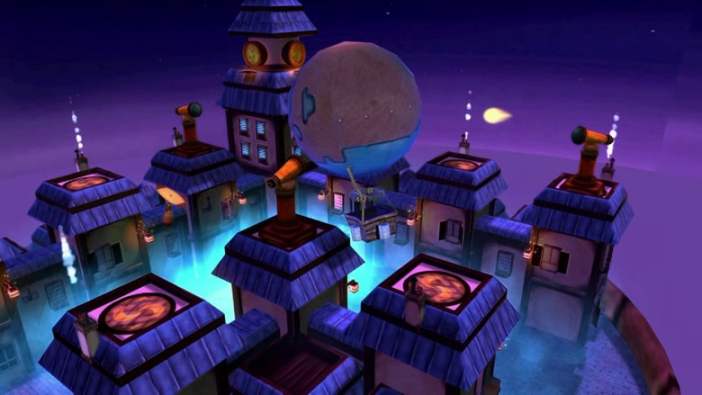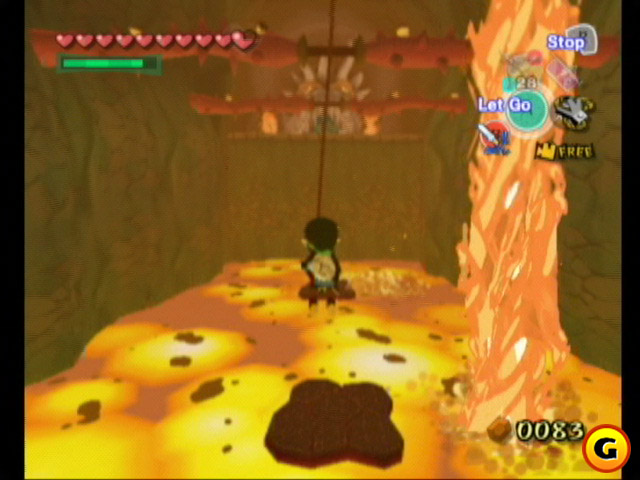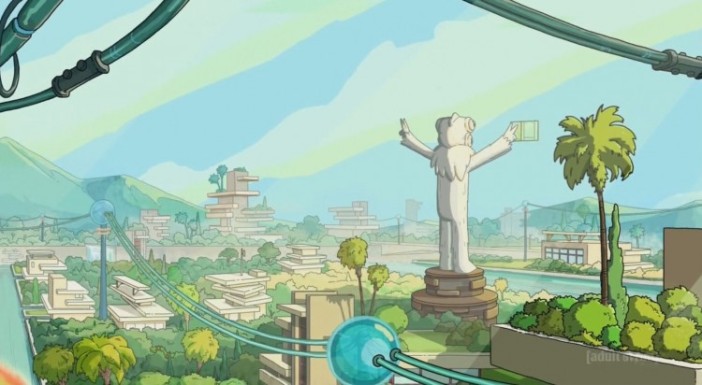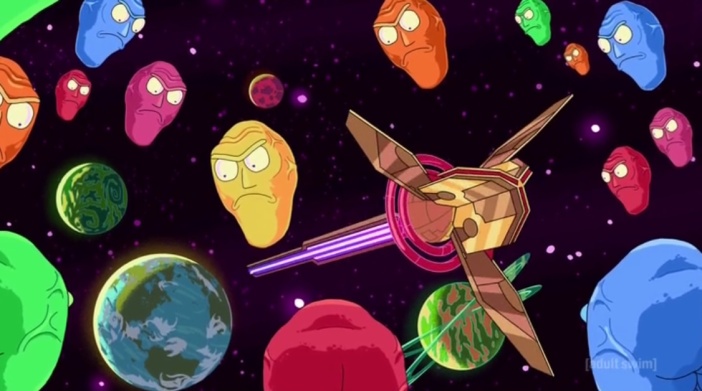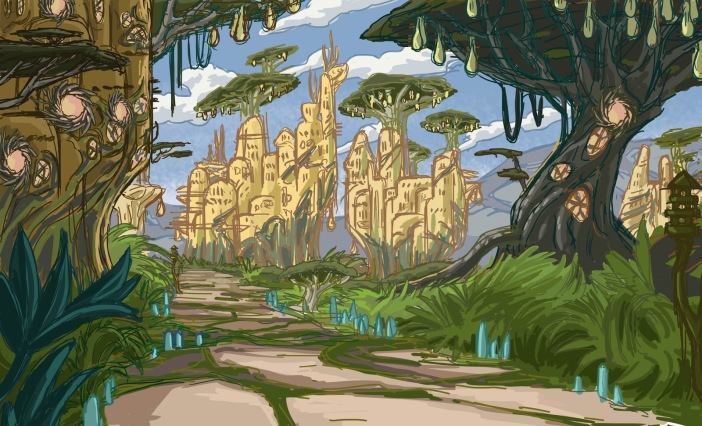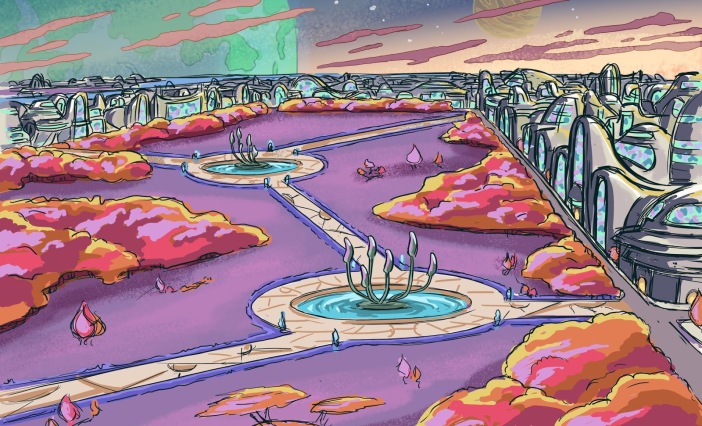My project this year has been a challenge for me, in placed I’ve taken on new skills and new ways of thinking that I’ve never tackled before, to coin a phrase, i may have “bitten of more than i can chew”, but that being said, i feel i handled certain elements of the project well, and others could’ve been more detailed, or i could’ve worked harder on them to get them up to a standard i might be more happy with now.
The initial part of the project was really the idea generation phase, I’ve known i was going to make a game from the start of this year, so i had a head start since my last two projects were both oriented towards this project, one being posters from the game world and the other being a model of Paris using the 3DS Max system. This stage was also more about creating the story, the setting, and choosing the designs I’d use. There was a lot of tweaking to the story line in this part, often events were rewritten since it was based off our reality, but about 60 years into the future, by far my favourite section thought was deciding the architecture I’d base the future buildings off, i could really go wild since i knew some of the buildings would’ve been destroyed over time, i found it a challenge to imagine what sort of styles i could use, since new styles are invented over time, and you really have to pull all you know about architectural and cultural progression into it, but i feel my handling of this task was good, the outcome may not have been as fleshed out as I’d wanted, and in the future i hope to create a more in-depth story and architectural designs before i go and start making (i feel i jumped in too early on the making process). My initial sketches had a good amount of detail though and i tried to show how a future London may have concerns about the environment, and how they may have adapted to a changing climate and the incorporation of trees into buildings.
The next stage was the making, and in my past blogs I’ve stated how many problems I’ve had, especially since I’m still a novice to 3DS Max, often I’d find large glitches and missing polygons on the project because I’ve edited or added something on one side. I feel in terms of 3DS Max i have a tendency to overuse a specific tool called the Boolean operators, which causes all sorts of problems down the road, but a tip i got from a tutor on another course who’s familiar with the program suggested a different way which would create a much smoother, less buggy model, feedback from my project which i really appreciate now and will likely incorporate into my work next time. Overall though i feel my work in 3DS Max was much better than last time and i produced some far higher quality models, and since i had more time to work with it this time, my skills developed far more than i expected, and if i had to do this stage again, I’d be confident in doing so, but i would probably ask for more feedback as i go through the process in order to get more high-quality work. In terms of the game engine, i think for my first time using it, it went well, even though it really was only a day of use, if I’d had more time, i would’ve been able to correct a few things and make a far better presentation model for the show, and possibly had finished the first set of coding for the game, allowing a flyable plane model in the game, and possibly have it shoot weapons too, Time management was a huge problem in this section, and indeed across the entire project, and i think next project I’ll really need to plan my time carefully, since i know how far i work in certain areas, it should help me in the long run to create a far more efficient project outcome.
In terms of research, my creation of a mood board to flick through and get inspiration from really helped, the collection of images were a folder on Google drive, and thanks to the idea from my tutor to do such a thing, it really helped to inspire me throughout the project. A lot more of my research this time was focussed around sci-fi, ships games, architecture in fantasy and science fiction that i could apply to the game, the real life architectural research was mostly taken from the last project in order to cut my workload so i had more time for other things, this actually helped a lot, because i don’t think I’d have got half the work done if i had to do all the research again, but overall i think i did well on the research section, it could’ve been more in depth, but by the end, i had a good amount of ideas to work with, and it really helped with pushing through the project.
In conclusion, this project wasn’t a failure, but much more of a steep learning curve than i expected, and in the future I’ll plan my time, have all items i need on hand for inspiration and set out a clear plan of what i want to achieve, and what the time scale of that is, and how realistic it is for me to achieve it to a high standard. I feel I’ve learnt an awful lot from this project, and hopefully I’ll be able to put it into practice in the future.
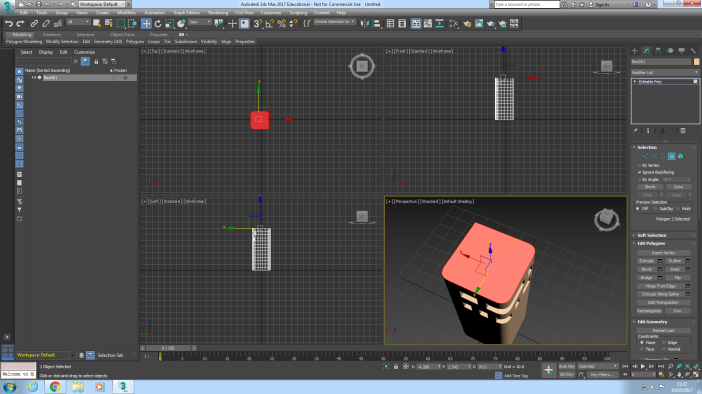

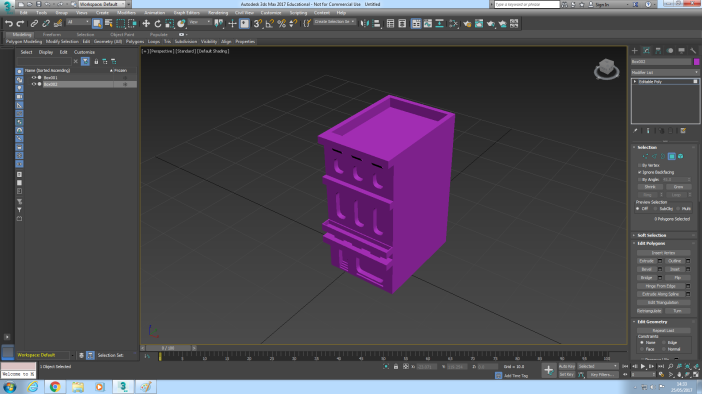
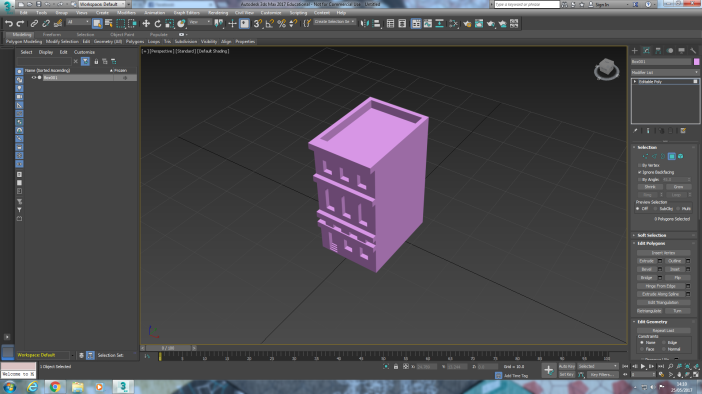 The third building i built was something of an experiment, i didn’t even know if it’d work. It was the first of the larger buildings, and in fact, since i haven’t finished making all the models yet, this particular building is the largest building in the game, or, at least the tallest. i found this one challenging as it was the first building to incorporate a curvaceous design, and also had some odd and interesting parts and assets. This design was a small nod to my Cornish heritage, specifically the Cornish mining heritage found in my home town and across the whole county, the entire building is based off an engine house, with a large aerial filling the space of the chimney stack, this design also would have trees in the gap at the top of the building under the roofing, most of the buildings here incorporate some form of nature into their design, but i wasn’t able to display this due to the lack of knowledge of the game engine and the lack of time.
The third building i built was something of an experiment, i didn’t even know if it’d work. It was the first of the larger buildings, and in fact, since i haven’t finished making all the models yet, this particular building is the largest building in the game, or, at least the tallest. i found this one challenging as it was the first building to incorporate a curvaceous design, and also had some odd and interesting parts and assets. This design was a small nod to my Cornish heritage, specifically the Cornish mining heritage found in my home town and across the whole county, the entire building is based off an engine house, with a large aerial filling the space of the chimney stack, this design also would have trees in the gap at the top of the building under the roofing, most of the buildings here incorporate some form of nature into their design, but i wasn’t able to display this due to the lack of knowledge of the game engine and the lack of time.



